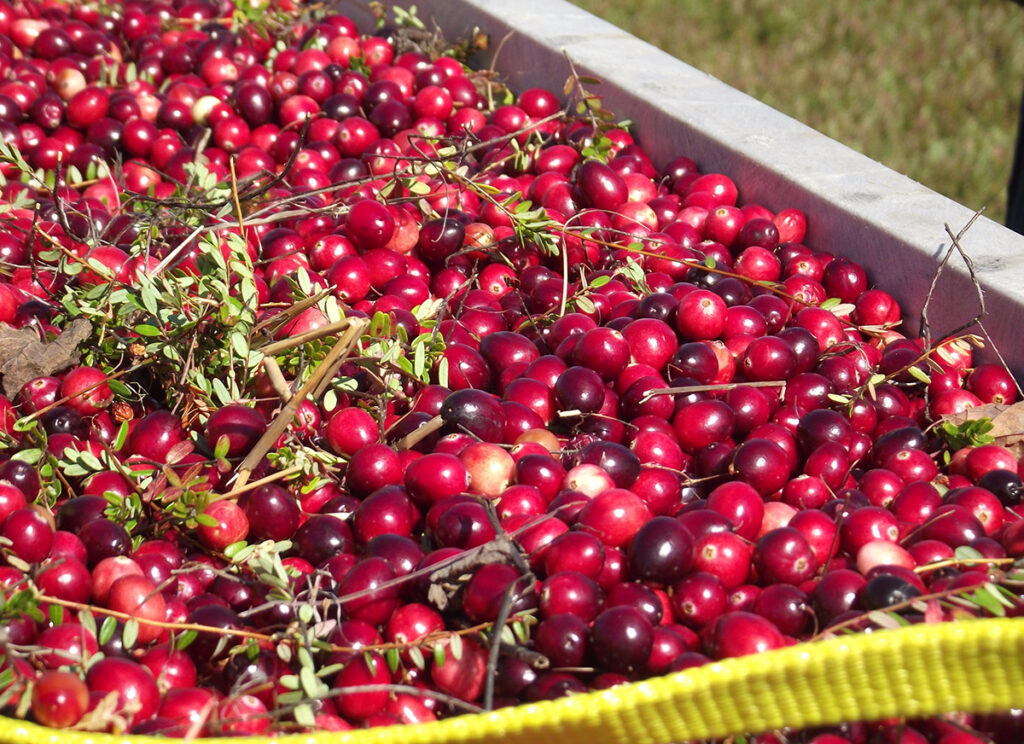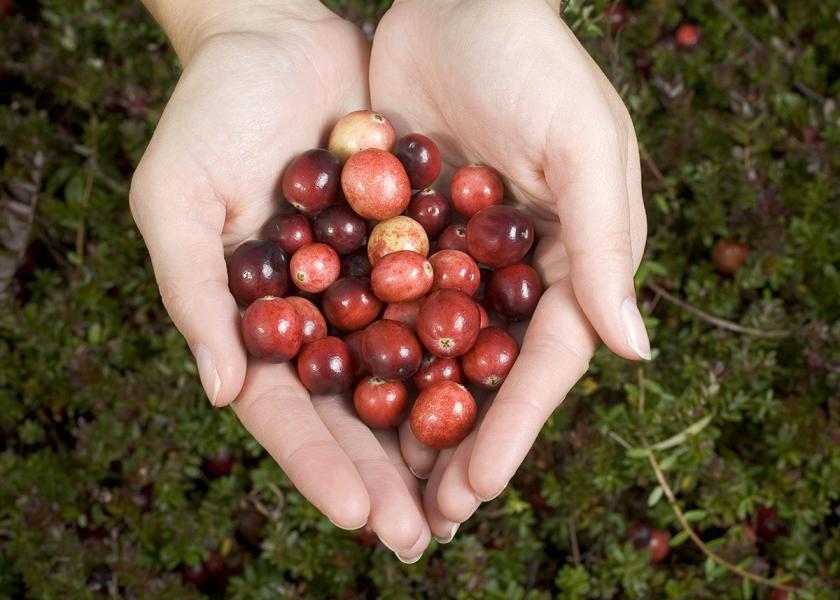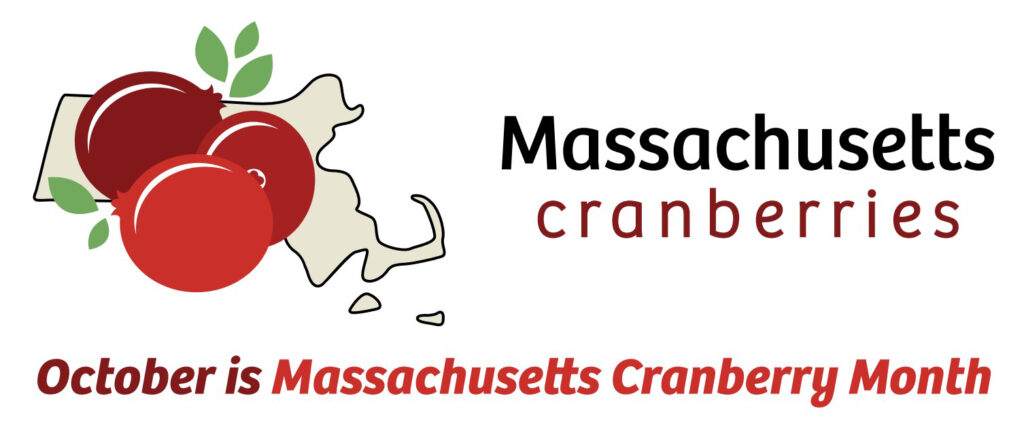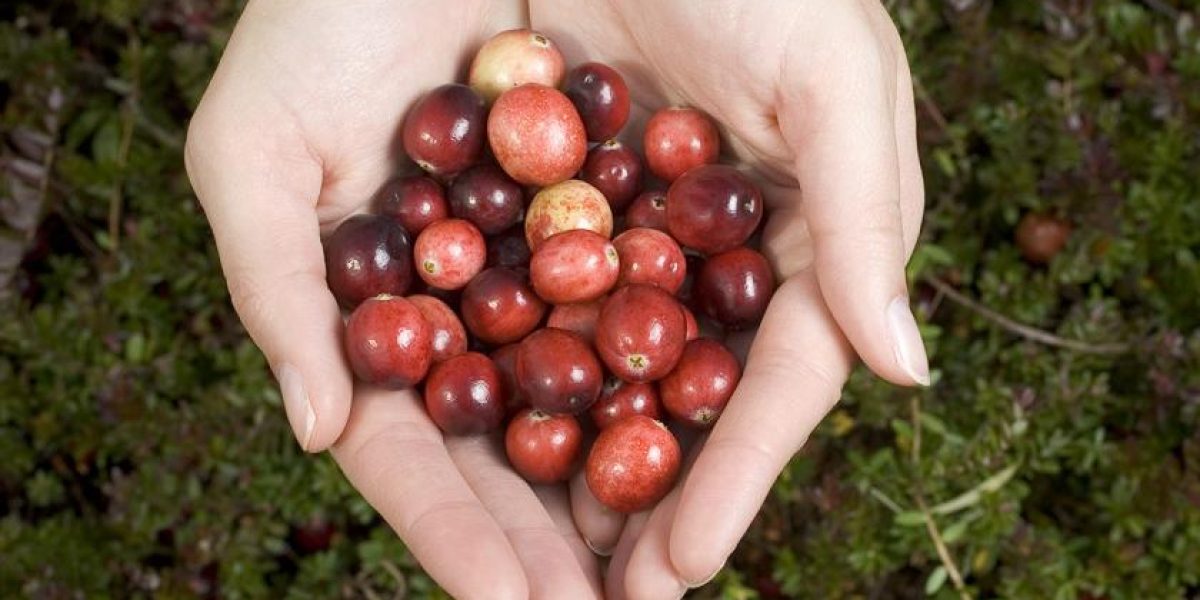THEPACKER.com – The Massachusetts cranberry industry is steeped in rich history, dating back over two centuries, and today it remains a vital part of the state’s agricultural economy. As one of the top cranberry-producing regions in the world, Massachusetts is home to sprawling bogs that offer both beauty and bounty.
Built on Native American harvesting traditions, Massachusetts cranberry farming dates back to the early 1800s. Over the years, the industry has grown, bringing cranberries into households worldwide.
A unique ecosystem
The cranberry bogs are ecosystems that play an important role in both agriculture and the environment. Whether naturally occurring or constructed, these bogs provide the ideal growing conditions for cranberries.

According to Massachusetts Cranberries, “Tens of thousands of years ago, receding glaciers carved out cavities in the land that evolved into cranberry bogs. Newly formed kettle ponds filled with sand, clay and debris formed the perfect environment for vines to spread across the South Shore, Cape Cod, Martha’s Vineyard and Nantucket. Massachusetts was born with cranberry bogs. For two hundred years, it has been where tradition has met innovation.”
The organization says cranberries are the region’s largest agricultural food crop, and vital to the local economy, contributing more than 6,400 jobs and $1.7 billion to the commonwealth annually.
“In the Commonwealth of Massachusetts, 300-plus statewide growers have navigated a challenging industry over the last decade. Growers have been challenged by issues that span multi-generation family farms — from agricultural sustainability, the limited education opportunities to foster careers in agricultural fields, to attracting new farmers, to climate concerns, carrying the responsibility for technology improvements by self-innovating their farming equipment advances, etc.,” the organization says.
Massachusetts Cranberries
“What’s always been a determining factor for harvest is ‘when is it going to have enough color?’ The color determines when the cranberries are ready to harvest, and the red color is coming on pretty fast this year,” Wick said.
Fresh cranberries sold in the bag are only a small portion of production, with about 3-4% of farmers harvesting fresh cranberries, he said.
“But the rest of the cranberries? They are destined to be sweet and dried cranberries, cranberry juice and cranberry sauce. For those, we are moving more into the higher-yielding varieties. About 40% of the growers in Massachusetts have the traditional heirloom varieties of cranberries,” Wick said.
The Massachusetts climate lends well to cranberry production.

“Cranberries require fresh water, and they prefer an iron-rich source of water, which we have here,” Wick said. “That, and cranberries like the sandy soils we have here, along with the correct pH balances, and then they need to have a cold spell during their dormancy period to set fruit for the following year. Plus, we have the right temperatures here, giving us all the right, natural conditions to grow cranberries — and that’s why they continue to thrive here.”
Another advantage, Wick says, is location.
“We have the advantages of being on the East Coast,” he said. “Since about 30% of the North American cranberry market is exported, our location being close to Europe gives us some logistical advantages.
“Plus, cranberries are part of the fabric of southeastern Massachusetts,” Wick continued. “It’s synonymous to the area where cranberries are located. The bogs are tucked in here and there among the houses, and open spaces and cranberry bogs are intermingled in this area. So even if someone isn’t familiar with the industry, they can certainly drive by, see the bog and get excited for harvest as well. And seeing the harvest occur, so it’s just very much entrenched into the communities here in Massachusetts.”
Water conservation, organic farming and renewable energy initiatives also are at the forefront of the state’s cranberry operations, allowing the industry to balance productivity with environmental responsibility.
Innovations in cranberry cultivation
The cranberry industry is deeply connected to tradition, and Massachusetts cranberry farmers embrace cutting-edge technology to optimize their harvests. From advanced irrigation systems to drones and data-driven farming practices, innovation is reshaping how cranberries are grown and harvested.

“The industry is moving toward these newer varieties that have been developed, and so our growers are starting to convert theirs in Massachusetts to these higher-yielding varieties,” Wick said.
“And if you contrast that to, say, Wisconsin or Quebec, those regions are almost 100% in the new varieties, so we’re catching up to those regions,” he added. “It takes many years to get production back, so it’s not a simple process. It’s capital intensive and will take five or six years to get full production out of the vines. But they will produce three or four times what the native varieties produce.”
Another innovation is the potential of agricultural drone usage.
“We’re starting to evaluate the use of large-scale drones that can apply fertilizers or pesticides. We’re still in the early stages of it, but we have some growers working on researching and studying it. I think it will be part of our future,” Wick said. “Particularly here in Massachusetts where we have smaller-sized bogs that have odd shapes to them, a drone might make sense for some of these growers as a way to get into precision agriculture where you can fine-tune your application.”
Opportunities for retailers
Cranberries have grown beyond juice and sauce. Today’s market demands year-round products from dried cranberries to health-focused snacks. Massachusetts farmers are diversifying their offerings to respond to consumer trends, opening new opportunities for marketing in the grocery store.
“Cranberries are very much a signature part of fall and how what people think about when they think about our native fruit,” Wick said. “So that will soon be hitting the store shelves, probably [in] October.”

With growing interest in local and sustainable products, retailers have unique opportunities to showcase cranberries year-round.
“For several years we’ve had challenges with the changing climate. September weather previously has been warm, warm nights, and that is not what brings on the red color,” Wick said. “This year we’ve had nights where the temperatures dropped in the bogs — down into the 30s even — and some warm sunny days, which is perfect for bringing on the red color.
“Because of this, it looks like this year’s harvest will be a little bit earlier than it has been,” he continued. “This is good, because when they need to wait for the color it can cause quality concerns. And, like, I said, the color should be good this year which, on the retail side, is always good because consumers are looking for that nice red color.”
By Jill Dutton



